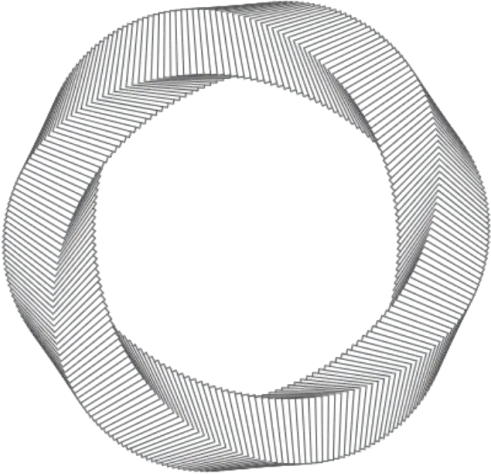The validity of a United States patent can be challenged in federal court litigation. Patents can also be challenged in the U.S. Patent and Trademark Office, which, in most cases, is a quicker and less costly process.
The PTO provides three procedures by which a patent can be challenged: inter partes review (IPR), post grant review (PGR), and ex parte reexamination. In IPRs and PGRs, the challenger and the patent owner both participate, and the proceedings are handled by the Patent Trial and Appeal Board (PTAB). In an ex parte reexamination, the challenger is not involved after the request for reexamination has been filed, and the proceeding is handled by the PTO examiners.
In IPRs and PGRs, anyone except the patent owner may file a petition to challenge the patent. The filing fees are high, $41,500 for an IPR and $47,500 for a PGR, with additional fees depending on the number of claims challenged. The proceedings are handled by a three-judge panel of administrative judges with technical background in the field of the patent. There are two phases in these proceedings. The first phase consists of the filing of the petition by the challenger, the filing of a response by the patent owner, and the decision whether to institute the IPR or PGR by the PTAB. If the PTAB institutes the IPR or PGR, then the second phase (the trial phase) begins. The second phase consists of discovery (more limited than in litigation), briefing, an oral hearing, and a final written decision by the panel. The entire process from institution to the final decision should take no more than 12 months. The parties may appeal the decision to the Federal Circuit Court of Appeals.
Although an IPR is the most popular method of challenging a patent in the PTO, it has limitations. A petition for an IPR cannot be filed until nine months after the patent is issued. If a lawsuit for infringement has been filed, however, the accused infringer must file an IPR within one year of being sued. The only grounds that can be asserted in an IPR are anticipation (35 USC §102) and obviousness (35 U.S.C. §103). The only prior art that can be cited are patents and printed publications. Thus, an IPR cannot be used to invalidate a patent based on patentable subject matter, written description, best mode, enablement, indefiniteness, or ownership, and an IPR cannot be based on prior art other than patents and printed publications. Both parties in an IPR typically use experts to provide opinions on claim construction and on the grounds for invalidity.
The majority of the PTAB’s decisions in IPRs have found most or all of the claims invalid. If the PTAB finds the challenged claims valid, the challenger is estopped from asserting in patent infringement litigation the grounds that were raised in the IPR or any grounds that could have been raised.
A PGR is similar to an IPR in some respects, but the challenger may assert more grounds of invalidity. In addition to anticipation and obviousness, in a PGR a patent can challenged on patentable subject matter (§101), and written description, enablement, and definiteness (§112). Another advantage of a PGR over an IPR is that the prior art in a PGR is not limited to patents and printed publications. PGRs may only be filed for patents that were filed after March 16, 2013, when the America Invents Act went into effect, and must be filed within nine months of the date the patent issued. PGR proceedings suffer from the same disadvantage as IPRs with respect to estoppel.
An ex parte reexamination proceeding is different from an IPR and a PGR. Any person can challenge an issued patent, including the patent owner. The proceeding is not brought in the PTAB, but before a panel of three patent examiners. The patent owner is permitted to amend claims and add claims to the patent. The proceeding is not inter partes, so the challenger is not involved once the request has been filed. An ex parte reexamination must be based on patents and printed publications. A disadvantage of ex parte reexaminations is that, compared to IPRs, they are much less likely to be successful. An advantage of an ex parte reexamination, however, is that there is no estoppel effect. Another advantage is that an ex parte reexamination is less costly than IPRs and PGRs.
In determining which procedure is best in a given situation, the advantages and disadvantages of each type of proceeding should be considered in light of the patent to be challenged, the relationship of the parties, the grounds to be asserted, the timing of the challenge, the likelihood of litigation, and the financial resources of the challenger.









